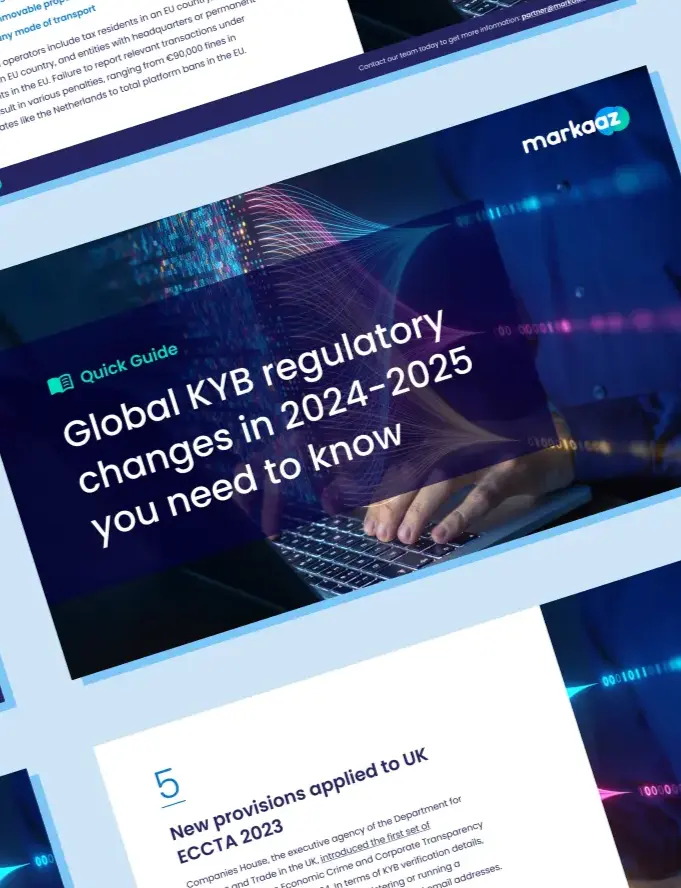e-Commerce is an ever-changing industry. Every year, several new trends appear that can help your business grow and compete with your competitors, and 2022 will be no different.
Despite the rise in e-commerce due to the pandemic, we will likely see e-commerce penetration slow down compared to 2020. However, many e-commerce businesses will continue to realize high, fast growth next year. Although the user penetration rate in e-commerce might slow down in 2022, it will still be significantly higher than before the pandemic. To keep up with the fast-paced growth in the next year, small businesses should be aware of these five trends:
1. Embrace your identity
When the pandemic first struck, there was a huge push to support local businesses. Consumers would switch out many of their typical big-box-store purchases to independent stores when possible. This has become not only popular but also on-trend. “Shop Local” isn’t simply a slogan — it’s a symbol of solidarity that arose during COVID-19. Businesses have had to evolve and use unique business strategies to survive and thrive by leaning into this trend.
2. Drive your purpose
Another reason the desire to shop locally has grown is that 65% of consumers want to buy products from brands that advocate for sustainability. The focus on green consumerism indicates that brands prioritizing environment-friendly practices will dominate the market in the coming years. Small businesses are often more flexible with their sustainability efforts because of the lower order volume, which gives them a competitive edge.
3. Offer custom products
As mentioned in our last blog, the market for customized products is increasing. It’s challenging to satisfy all potential consumer demands by offering products sorted by different categories, so e-commerce businesses should adopt custom products to upgrade their personalization options. Small businesses have a unique ability to operate in this niche, as many offer handmade items or items produced in small batches.
4. Optimize for voice search
The voice assistant speaker market will reach around $4 billion globally, and voice shopping will reach $40 billion. On top of that, 55% of US homeowners will own a smart speaker (like Amazon’s Alexa or a Google Home) by 2022. Therefore, e-commerce businesses should develop voice search optimization to reach customers who shop using voice search.
Robust answer optimization and long-tail conversational keyword optimization are crucial to voice SEO. With keyword research tools, you should find the right keywords to support your voice optimization strategy.
5. Adopt better digitalization
Since the e-commerce boom, digitalization has become one of the essential elements for most businesses. Many companies have used technologies with niche features and solutions for many years. In 2022, companies should focus on the breadth of functionality for every answer they subscribe to — cost-efficient and simplifying complex processes. For example, Markaaz’s pre-verified directory allows you to find vendors and business partners you can trust.
Our network of almost 120 million businesses empowers you to make the best decisions for your company, and we’re building out more features to support your small business. From an all-in-one dashboard that puts all your tools at your fingertips to payment solutions that can simplify your cash flow, Markaaz is building everything you need to be successful.
At Markaaz, we aim to simplify your business processes so you can get back to business. Join Markaaz today to gain access to our transformative features.




